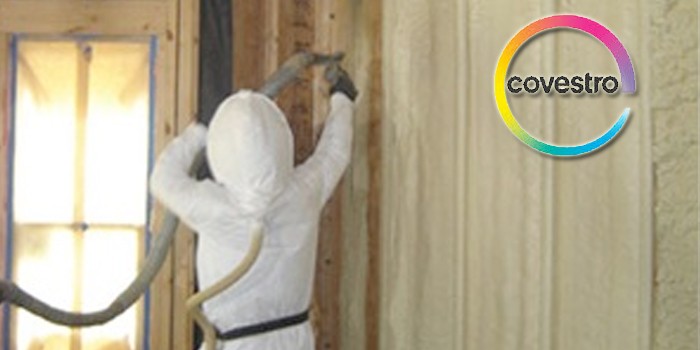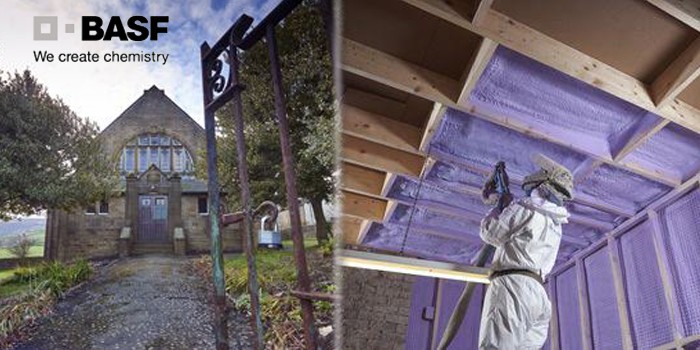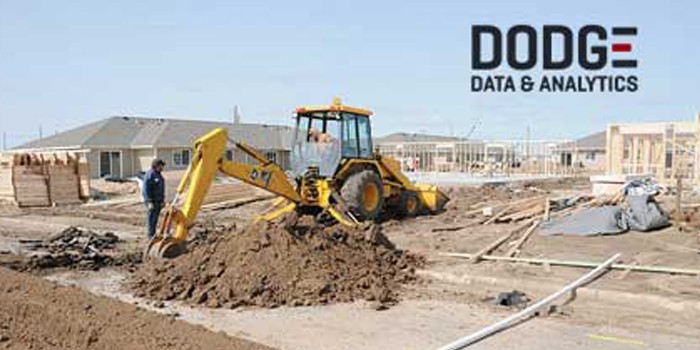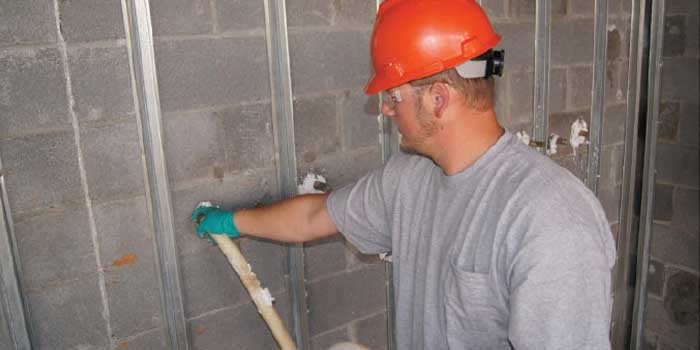Senate Must Follow House’s Record Of Success on Energy Efficiency
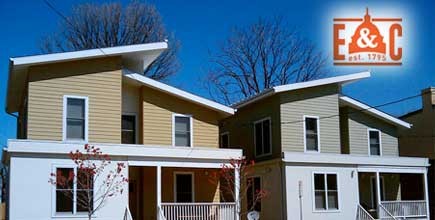
WASHINGTON, D.C. – August 25, 2014 – Increasing energy efficiency is one of the easiest ways to conserve energy, lower costs, and advance energy security, which is why it is a critical pillar of the committee's Architecture of Abundance energy plan. The Alliance to Save Energy said, "Energy efficiency has served for nearly four decades and remains today as America's cheapest, cleanest and most abundant resource. It's no wonder House Energy and Commerce Committee Chairman Fred Upton (R-MI) capitalized on the abundance of energy efficiency opportunities in his energy plan."
Energy efficiency policies are not just commonsense; they are also bipartisan. In fact, Senate Majority Leader Harry Reid's website states, "Reducing energy consumption and becoming more energy efficient in our communities, homes, and businesses is the most cost-effective and practical way to increase total energy supplies, reduce harmful pollution, and protect our economy from volatile energy prices."
But while the House has acted on multiple bipartisan energy efficiency measures, Harry Reid has yet to even bring a single energy efficiency bill to a vote. This Congress, the House has approved the following committee bills that now await action in the Democrat-controlled Senate:
- H.R. 2126, the Energy Efficiency Improvement Act – Approved by the House on March 5, 2014, by a vote of 375 to 36, this bipartisan legislation is a package comprised of four bills authored by Energy and Commerce Committee members to encourage energy and cost savings. Using a market-driven approach, H.R. 2126 will help harness new technologies and support private sector innovation for more efficient ways of utilizing energy in households, businesses and the federal government. By establishing voluntary programs and guidelines and improving information sharing, this legislation offers simple and affordable ways to address our energy demands and bring down costs for consumers and taxpayers.
- H.R. 4092, the Streamlining Energy Efficiency for Schools Act – Approved by the House on June 23, 2014, by voice vote, this legislation would help our nation's schools reduce energy use and save money by establishing an online resource at DOE to serve as a one-stop-shop for information about available federal programs that can be used to increase energy efficiency.
- H.R. 4801, the Thermal Insulation Efficiency Improvement Act – Approved by the House on June 23, 2014, by voice vote, this bipartisan legislation helps to identify opportunities for federal agencies to use energy and water more efficiently. The bill requires DOE to evaluate and report potential energy savings available to federal agencies through greater use of thermal insulation.
"The House has had great bipartisan success in advancing a number of commonsense energy efficiency bills, but the Senate has sadly failed to hold a single vote," said Chairman Upton. "As part of our commitment to a true 'all-of-the-above' energy strategy, we have come together and passed bill after bill to harness new technologies, create clean energy jobs, and encourage more efficient ways of utilizing energy. These bipartisan measures will help reduce U.S. energy demands, lower costs, and save taxpayer dollars. My hope is that Harry Reid and the Senate will finally embrace the House's success so we can see these bills become law. Let's build upon our record of results."
About Energy & Commerce Committee:The Committee on Energy and Commerce, the oldest standing legislative committee in the U.S. House of Representatives, is vested with the broadest jurisdiction of any congressional authorizing committee. Today it has responsibility for the nation's telecommunications, consumer protection, food and drug safety, public health research, environmental quality, energy policy, and interstate and foreign commerce. It oversees multiple cabinet-level Departments and independent agencies, including the Departments of Energy, Health and Human Services, Commerce, and Transportation, as well as the Environmental Protection Agency, the Federal Trade Commission, the Food and Drug Administration, and the Federal Communications Commission. For more information, please use the contact information and link provided below.
Disqus website name not provided.



